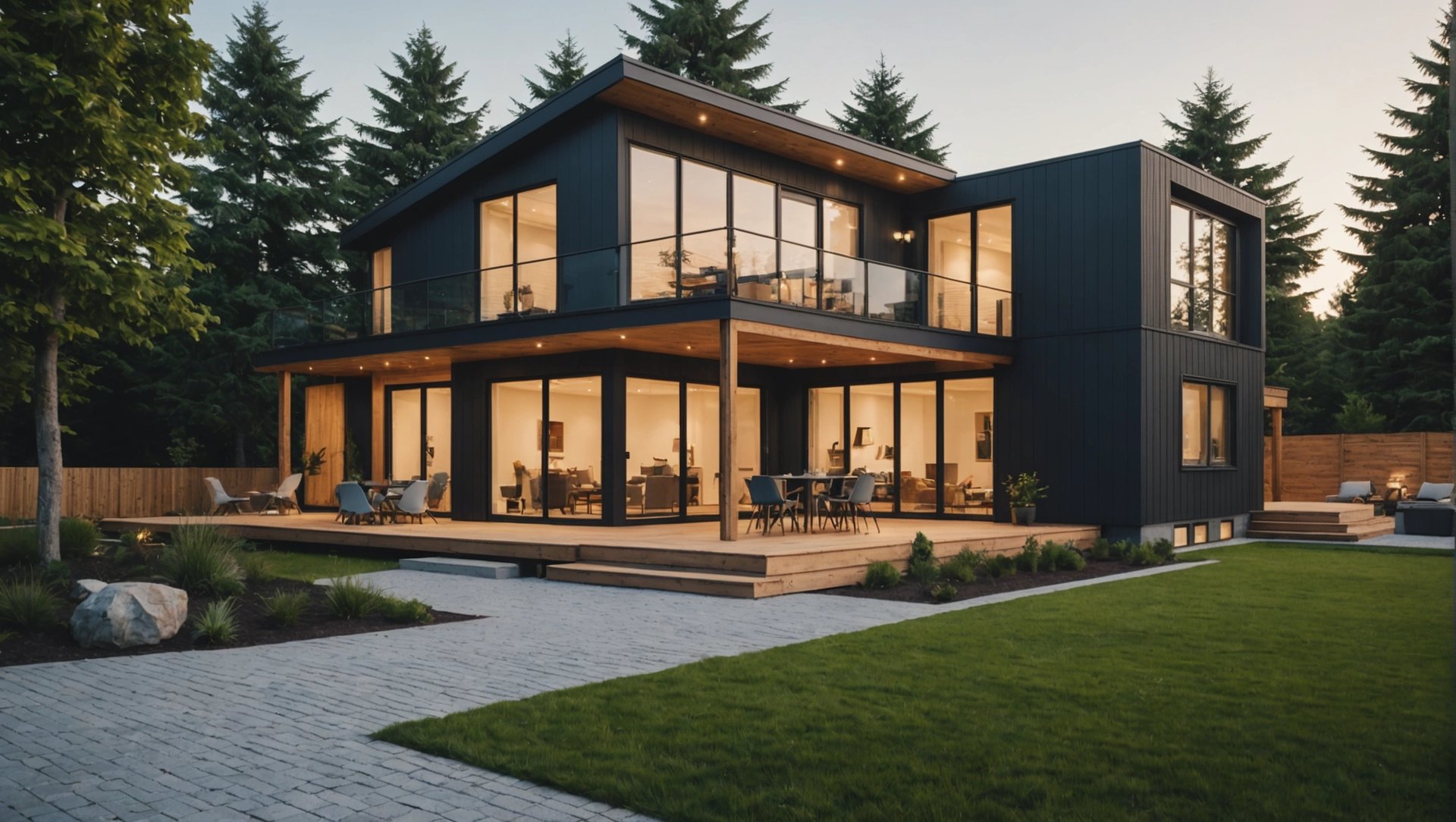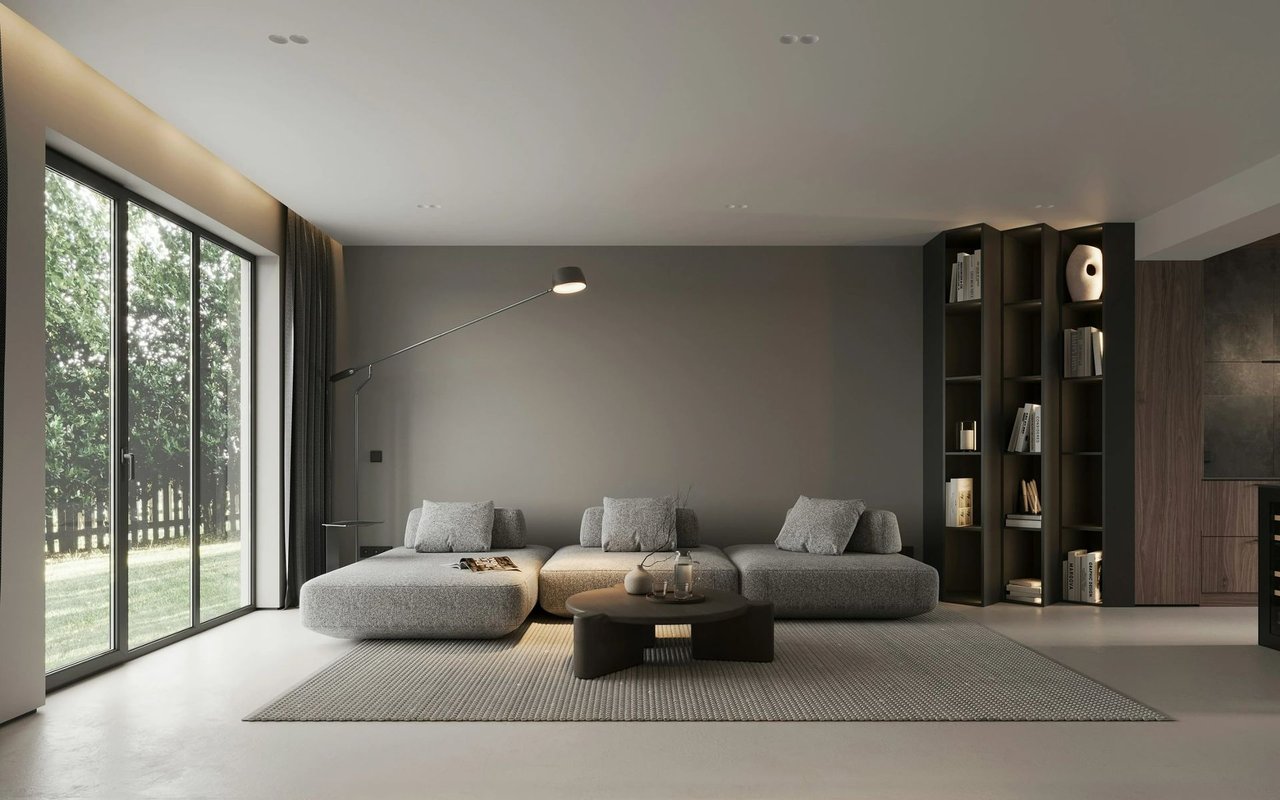In the realm of architecture and construction, the spotlight is now shining brightly on sustainable housing trends. The fusion of innovative design, eco-friendly materials, and energy-efficient technologies is revolutionizing the way we think about homes. Let's delve into the fascinating world of sustainable housing and explore the trends that are reshaping the future of residential living.
The Rise of Green Architecture
One of the most prominent trends in sustainable housing is the rise of green architecture. Architects and designers are embracing environmentally-conscious practices, integrating natural elements into their designs, and prioritizing energy efficiency. Green buildings not only minimize their carbon footprint but also create healthier living environments for occupants. The incorporation of features like green roofs, solar panels, and passive heating and cooling systems is becoming increasingly common in modern residential projects.

Embracing Technological Advancements
Technology is playing a pivotal role in shaping the future of sustainable housing. Smart home systems that enable residents to monitor and control energy usage, lighting, and appliances are gaining popularity. Innovations such as smart glass windows that adjust tint based on sunlight exposure and water-saving fixtures are becoming standard features in sustainable homes. These advancements not only enhance the convenience and comfort of living spaces but also contribute to reducing overall energy consumption.
Adaptive Reuse and Upcycling
In an era marked by a growing focus on sustainability, adaptive reuse, and upcycling have emerged as key trends in the housing industry. Rather than demolishing old structures, developers are repurposing existing buildings and materials to create new, eco-friendly homes. From converting disused warehouses into modern lofts to upcycling shipping containers into stylish residences, the trend of adaptive reuse is not only cost-effective but also significantly reduces construction waste and energy consumption.
Biophilic Design and Indoor Green Spaces
Biophilic design, which focuses on incorporating elements of nature into built environments, is gaining traction in sustainable housing projects. Creating indoor green spaces, such as vertical gardens, living walls, and integrated plant features, not only improves air quality but also promotes psychological well-being among residents. The integration of natural light, ventilation, and organic materials in building designs further enhances the connection between occupants and the natural world.
Community-Centric and Co-Housing Concepts
Community-centric and co-housing concepts are redefining the traditional notions of homeownership and community living. Sustainable housing developments are increasingly designed to foster a sense of community by sharing resources, amenities, and communal spaces. Co-housing projects encourage social interaction, resource-sharing, and collective decision-making, promoting a more sustainable and socially connected way of living. These concepts not only reduce individual environmental footprints but also enhance the quality of life for residents.
As we navigate towards a more sustainable future, the evolution of housing trends continues to inspire creativity, innovation, and a profound commitment to environmental stewardship. By embracing sustainable practices and design principles, we are not just building houses; we are shaping a more resilient, eco-conscious world for generations to come.
Let's embark on this exciting journey towards a greener, smarter, and more sustainable future in housing!
Remember, the key to a brighter tomorrow lies in the sustainable choices we make today.
